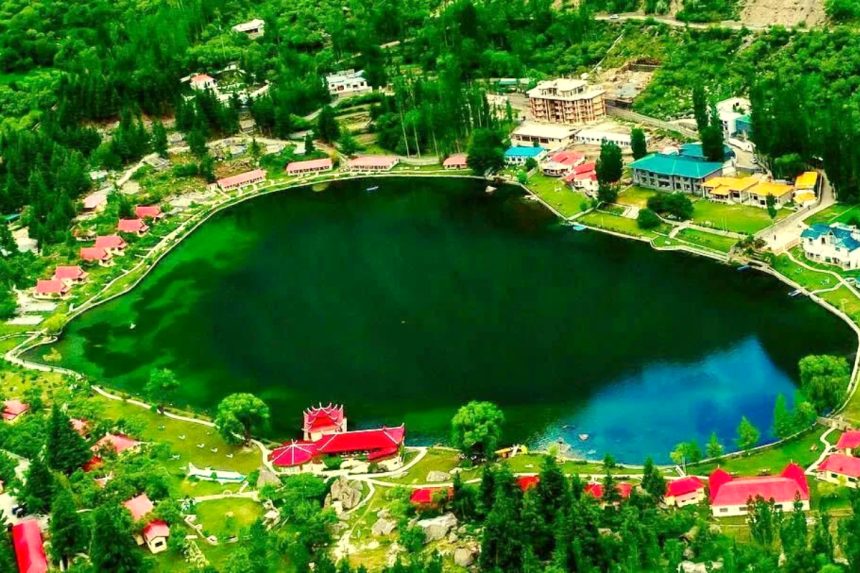- The region was conquered by various empires over the centuries.
- Gilgit-Baltistan has been a source of tension between Pakistan and India.
- The region has great potential for economic development due to its natural resources.
The history of Gilgit-Baltistan can be traced back to ancient times, and the region has been inhabited by various ethnic groups for centuries. The Dards, Shins, Wakhi, and Burusho are some of the indigenous groups that have called Gilgit-Baltistan home for generations. The region has also been influenced by the cultures and religions of neighboring regions, including Tibet, China, Central Asia, and the Indian subcontinent.
The region is believed to have been a hub of trade and commerce along the ancient Silk Road, and it was also an important center of Buddhist learning and cultural exchange. The region was conquered by various empires over the centuries, including the Mauryan Empire, the Kushan Empire, and the Mongol Empire.
During the British Raj, Gilgit-Baltistan was part of the princely state of Jammu and Kashmir, but after the partition of India in 1947, it became a disputed territory. In 1971, Pakistan ceded a portion of the region to China as part of a border settlement, and the remaining area was made into a separate administrative unit called the Northern Areas.
The Northern Areas were administered by the federal government of Pakistan through a series of appointed governors and chief executives. However, the region had limited political representation and was largely isolated from the rest of the country.
In the late 20th and early 21st centuries, there was a growing movement for greater autonomy and political representation for the people of Gilgit-Baltistan. In 2009, the Pakistani government granted the region more autonomy and established the Gilgit-Baltistan Council, which was given the power to make decisions on a range of issues, including development, tourism, and natural resources.
In 2018, the Pakistani government further increased the autonomy of Gilgit-Baltistan by establishing the Gilgit-Baltistan Assembly and the Gilgit-Baltistan Council as the highest legislative and executive bodies in the region, respectively. The Gilgit-Baltistan Assembly has the power to legislate on all subjects except defense, foreign affairs, and currency.
Despite these steps towards greater autonomy, the status of Gilgit-Baltistan as a disputed territory has continued to be a source of tension between Pakistan and India. India claims the region as part of the state of Jammu and Kashmir, and the issue remains a major point of contention between the two countries.
In recent years, Gilgit-Baltistan has also faced challenges such as poverty, lack of infrastructure, and environmental degradation. However, the region has great potential for economic development due to its natural resources, including hydroelectric power, minerals, and tourism. With the right policies and investments, Gilgit-Baltistan has the potential to become a major contributor to Pakistan’s economy and a hub of trade and commerce in the region.





